As an elementary school teacher, a lot of parents have asked me what to do to encourage their children to read before they start school. Now, as the parent of a toddler, I find myself wondering the same questions: How can I help my daughter expand her vocabulary? How can I start teaching her about letter recognition?
Very often, young kids express that books are somewhat “boring” compared to the more interactive iPads and other tablets. The great news is that there are great programs and apps to encourage reading (see below), but I do believe that holding a book is a truly magical experience to develop a child’s imagination. That’s why most of the advice I give in this post refers to print on a paper page and not a tablet. I feel more comfortable with paper books because I think that it stimulates the child to create their own interactive experiences, using their brains, rather than click on a button to hear a sound and be “given” the entertainment.
Start early
Most people gave me enigmatic smiles when I told them I started reading stories to my infant. I think I incorporated “bedtime stories” at about five days old. Most infants cannot see colors or details; eye-catchy picture-books with stripes or polka dots are great and will grasp their attention! Then, books with baby pictures are very amusing for little ones. One of my all-time favorites is Baby Faces. It depicts emotions and my daughter loved to mimic the faces. Reading early creates a habit, can easily be incorporated into a great quiet bedtime routine, and provides bonding time with your child. It feels so good to sit together, really close, and look at a book together.
Model how to read
It’s all about the attitude! Pick a new favorite spot to read (a special cushion, chair, rug, etc.). Show your child how to hold a book, how to turn one page at a time, and how to read words by point to the letters with their fingers and tracing under the word. They don’t even need to know their letters to practice holding a big book like mommy. It will also encourage directionality (the fact that we read left to right in English).
Get a membership at the local library
A trip to the library is so much exciting! Whether it’s raining, or too hot, a trip to the library can be lots of fun! There are weekly story times, usually by age group, arts and crafts activities, and lots of great books to check out. Most libraries offer fantastic summer reading programs as well! The Children’s library on Napoleon Avenue even offers a small collection of books in French and Spanish. Plus, it’s free!
Pause often while reading a story
Let your child look at the pictures, understand what you said, and have the opportunity to ask questions about the text.
Ask questions
Very often, young readers read very fast – but have no clue of what they just read. Basically they just decoded the words on the page without actually thinking about what they meant. Help your child make meaning of the words by asking lots of questions, related to the text, but also to the pictures of the book. It will allow your child to get clues from the illustrations to understand the words, and even to decode them. If they see a word starting with “d” and a gigantic green lizard spitting fire on the page, they are more likely to read “dragon”.
Point to words in every day life
We are surrounded by reading opportunities! Whether at the grocery store, in the waiting room at the doctor’s office(we love to look at brochures), or in mommy’s catalogues, there are so many ways to incorporate reading in our routines! Explain to your child that labels at the grocery store tell us how much things cost, or what is in the foods. Look at greeting cards at the pharmacy. Read about upcoming seasonal events, such as Mardi Gras.
Label the house
I picked up some basic labels at the dollar store in the teacher aisle. Every week, with a sharpie, I write one word on a label. I then paste the label on one item with painter’s tape. For example, this week, my daughter is learning to say/read crab, so we have a label on our pet hermit crab. Every time she sees the colorful label, she says “cwab” and point to the word with her finger like I do. At the end of the week, I’ll remove the label and print a photo of the crab, that my daughter will glue on her label next to the word. We store all our labels in a shoe box in the kitchen and look at them daily.
Use online resources for help
I personally love Reading Rockets and the reading lists the site provides (mostly by theme, but also by author or genre). The books suggested are aligned with the most recent curriculum and instruction guidelines (Common Core). There is also a comprehensive list of reading apps, organized by theme, with the cost if any, a link to download, and a quick description.



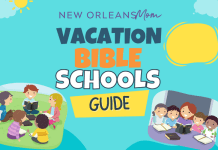
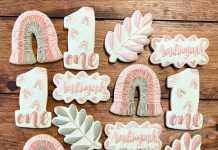

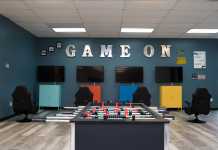




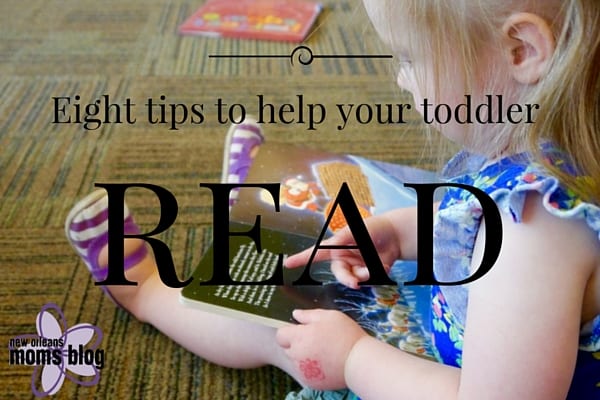

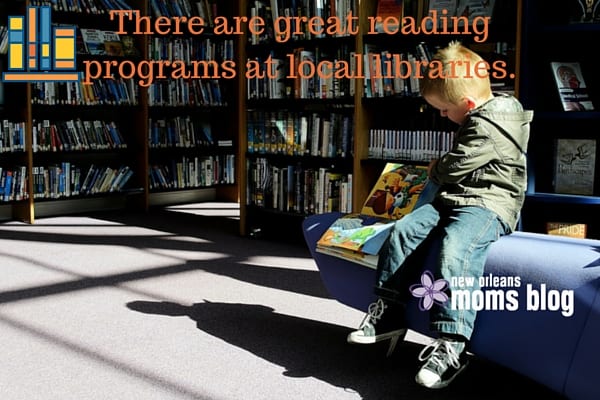





Love this low-pressure list! Only thing I would add is that if you have a child who isn’t showing interest in reading as a toddler, don’t worry! All kids get there in their own time. And pressuring them to sit still and read stories with you might cause them to have a bad association with reading, which is the last thing you want!